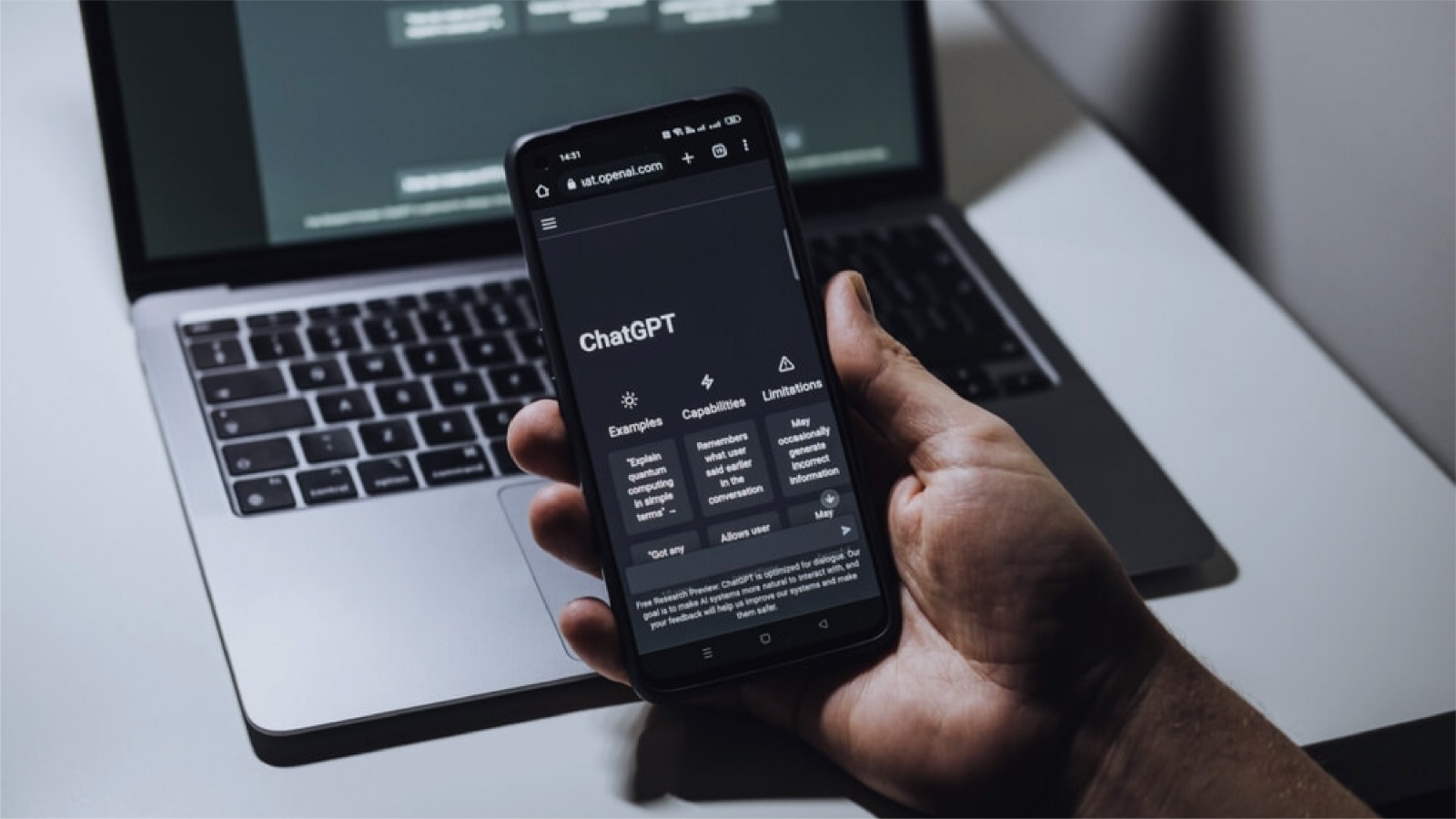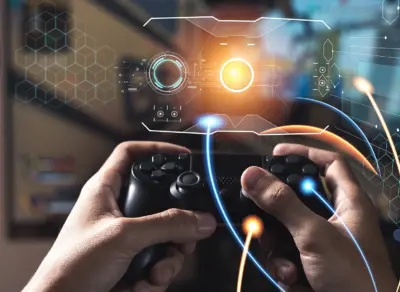
Online Gaming & Chat GPT
Introduction
Online gaming has been revolutionary since the 1970s, and the industry boom is said to be experienced in contemporary times. With an increased global Internet penetration rate, online gaming is witnessing a massive surge in the gamer base. According to the latest data, there are approximately 3.09 billion active video gamers worldwide, with over 442 million in India alone. As per statistics, nearly 25-30% of these gamers are frequent gamers and spend more than 10 hours online daily.
Chat-GPT
Originating from Web 3.0 and based on AI and ML, an open AI chatbot gives users real-time feedback on their queries by analysing a massive data set. Chat GPT has evolved over a period of time and is now working on the 4th version, called Chat GPT 4. This tool has been instrumental for content creators in writing blogs, essays, reports and articles. The tool works based on the prompts entered by the user. However, the application is still evolving, has a few bugs, and, most importantly, needs legal validation under various cyber laws prevalent worldwide.
New form of Cybercrime
Online gamers engage in betting game genres like online card games and fantasy sports like Dream 11, Rummy and many more such games. They have started using Chat GPT to create scripts to win the maximum earnings. These scripts are created based on their last games and the tricks the winners generally use. All these aspects, coupled with AI and ML, have successfully created a script allowing gamers to win massive earnings without actually playing the game. This is the new form of cheating in games and is now supported by technology which is hard to beat. Bad actors in the gaming industry have been known to pull off diverse schemes and plots to deceive the game, but this has taken a new magnitude in the cyberage. These bad actors have successfully earned massive amounts in Poker and rummy tournaments without anyone realising their malicious ploy.
New Age of Gaming
The most recent advances in artificial intelligence (AI) technology are being used by video game producers to produce more interesting and lifelike dialogue for in-game characters. A natural language processing (NLP) algorithm developed by OpenAI and known as GPT-4 has been trained on a sizable amount of text material. Since GPT-4 can generate text in response to a prompt, it enables game designers to craft distinctive and realism-based discussions for NPCs (non-player characters).
This technology has a wide range of uses, from procedurally generated stories to the generation of dialogue. Developers may now produce more convincing and natural-sounding dialogue than ever before, thanks to GPT-4. They can also design discussions specific to the details of a game, such as the kind of character, their motives, and their relationships. This gives the game a more realistic and immersive sense.
Role-playing games have long been a mainstay of online entertainment. In these games, users take on the role of a character in a fictional setting and collaborate with other players to accomplish goals, fend off foes, and solve challenges. But the world of role-playing games is about to undergo a transformation thanks to developments in artificial intelligence. The open-source Chat GPT-4 natural language processing (NLP) model was created by OpenAI and has the power to alter how we play role-playing games ultimately. Chat GPT-4 could improve gaming by recognising natural conversation and enhancing immersion and engagement. Players could communicate with virtual characters in-game using Chat GPT-4, adding new levels of realism and dynamic interactivity.
Player Retention and Engagement in Video Games
The following aspects of online gaming coupled with AI will address player retention and engagement in video games
● Gamers’ retention and engagement have significantly increased as a result of the GPT-4 chatbot’s debut. Generative Pre-trained Transformer 4, or GPT-4, is a potent language model created by OpenAI that can produce text that resembles human speech based on its environment. Game developers have made use of this technology to produce realism in-game chat experiences and boost user retention.
● The communication between characters in games has traditionally been created using prepared dialogue and static conversations. GPT-4, on the other hand, offers a higher degree of flexibility and complexity, enabling more organic discussions. As a result, the player feels more connected to the game’s characters and enjoys more immersive dialogue encounters.
● GPT-4 can be used to personalise discussions in addition to fostering a more organic dialogue experience. The chatbot can produce discussions that are personalised for each player by utilising player data and analytics, which makes players feel more involved in the game. This can help gamers become more invested in the game and play for longer.
Conclusion
The use of AI has changed how we function, but that comes at the cost of being aware and resilient in cyberspace. The use of Chat GPT has impacted various facets of industries and operations, but it has also given new ease to the bad actors to create scripts and strategies for committing cybercrimes more creatively now. The use of such tools should be regulated by the user’s policy, and the developers need to be cognizant of the various aspects of wrongdoings using the tool. Developers, CSOs and Government need to come into synergy to efficiently and effectively regulate such advanced tools to keep the bad actors at bay and create a framework focused towards the prevention of cybercrimes.





FEEL FREE TO DROP US A LINE.